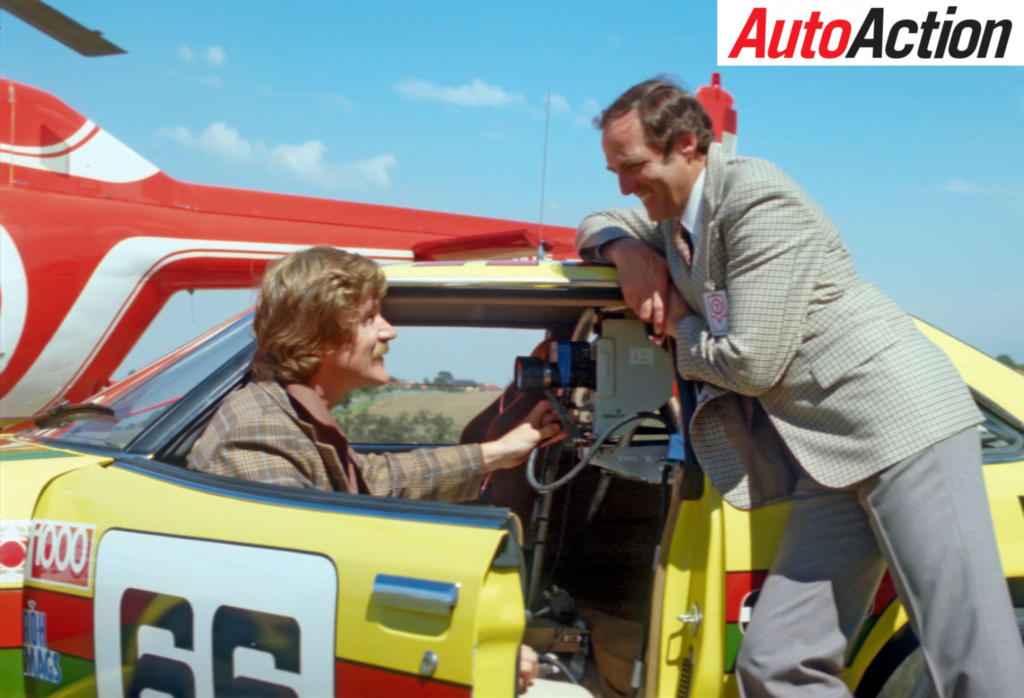SMILE YOU’RE ON RACECAM


Smile you’re on Racecam
The most memorable thing about the 1979 Bathurst 1000 wasn’t Peter Brock’s six-lap victory. What captivated the record TV audience was a little-known driver in a class car.
Brock was the hero of the race, but the star of the show was Sydney car dealer Peter Williamson. His gift of the gab endeared him to viewers as he described the action from inside his screaming two-litre Toyota Celica.
Willo babbling, shouting and cursing from the cockpit in full vision was a revelation and a revolution. It was the debut of RaceCam, the world-first in-car live vision that changed the way we watched racing – and, ultimately, all sports.
Invented by Sydney TV station ATN 7 – the anchor of the national Seven Network – RaceCam revolutionised in-race broadcast coverage and profoundly influenced intimate camera coverage of every other sport.
Think cricket’s Stump Cam – and every other close-in vision and eavesdropping audio live feed. It all started with RaceCam.
In racing, the technology – refined, miniaturised and extended – has become the staple of Supercars, Formula 1, NASCAR, IndyCar and MotoGP. In fact, every kind of motorsport at every level.
RaceCam was the brainchild of then ATN 7 director of engineering, Geoff Healy. Legend has it that he was inspired by his son mounting a video camera on the dashboard on the way to school one morning.
The in-car vision got Healy thinking and he put his chief engineer John Porter onto the job of developing an in-car camera that could feed live pictures and sound via a microwave link from car to helicopter to outside broadcast truck and into the main feed.
Remarkably, it worked. RaceCam debuted at Bathurst in ’79 in Williamson’s Celica, which harried the V8s mercilessly in the run down the hill from Skyline to Forests Elbow.
At Bathurst in ’79, Williamson’s Celica was fitted with a large fixed camera to the left of the driver that looked straight out the windscreen. Willo was miked up with a one-way audio link and his entertaining running commentary was available throughout the race.
Although crude by today’s standard, the vivid – if sometimes static-impaired – pictures and scratchy sound were ground-breaking. Never before had viewers been taken inside a car live during a race. Racing coverage has never been the same since.
Read the full feature in our Bathurst 1000 preview issue of Auto Action (1771) available right now.
Also make sure you follow us on social media Facebook, Twitter, Instagram or our weekly email newsletter for all the latest updates between issues.






